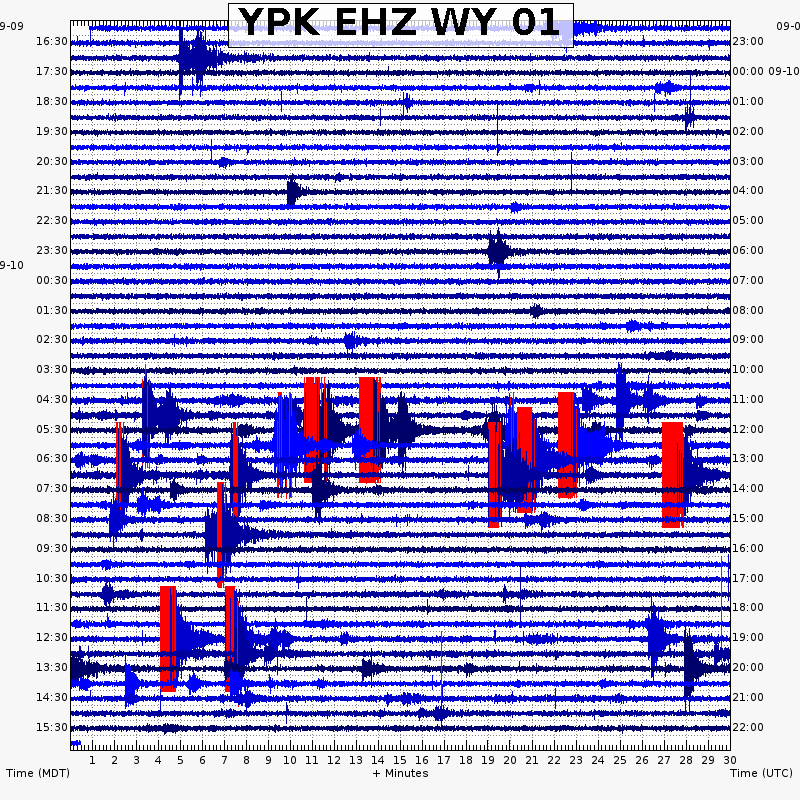AI Advances Seismic Research: Yellowstone's Earthquake Activity Unveiled

In a groundbreaking study published on July 18, 2025, in the journal *Science Advances*, a team led by Dr. Bing Li, a professor of engineering at Western University, has utilized advanced machine learning techniques to uncover a significantly higher number of seismic events within the Yellowstone caldera than previously recorded. Over a span of 15 years, the researchers identified and assigned magnitudes to approximately 10 times more earthquakes, totaling 86,276 events from 2008 to 2022, which dramatically enhances the understanding of volcanic activity in the region.
The Yellowstone caldera, located primarily in Wyoming but also extending into Idaho and Montana, remains one of the most active volcanic systems on Earth. This large depression formed from a series of explosive volcanic eruptions and subsequent collapses of the land above the emptied magma chamber. Previous methods of earthquake detection relied on manual inspections by trained seismologists, a process that was both time-consuming and limited in scope. However, the advent of machine learning has allowed for a more expansive and efficient analysis of historical seismic data, leading to this significant advancement in earthquake cataloging.
According to Dr. Li, "While Yellowstone and other volcanoes each have unique features, the hope is that these insights can be applied elsewhere. By understanding patterns of seismicity, like earthquake swarms, we can improve safety measures, better inform the public about potential risks, and even guide geothermal energy development away from danger in areas with promising heat flow."
The study revealed that more than half of the earthquakes recorded in the Yellowstone caldera were part of swarms—groups of small, interconnected earthquakes that occur in a relatively confined area over a short period. This finding stands in contrast to aftershocks, which are the smaller tremors following a significant earthquake. The researchers utilized fractal analysis to characterize the roughness of fault structures in the caldera, noting that these swarms occur along relatively immature fault lines compared to the more mature fault structures found in regions like Southern California.
Dr. Li emphasized the importance of this new data in understanding the mechanics of how one earthquake can trigger another within a swarm. He stated, "To a large extent, there is no systematic understanding of how one earthquake triggers another in a swarm. However, with our enhanced catalog of seismic activity under Yellowstone, we can apply statistical methods that help us quantify and find new swarms that we haven’t seen before."
This research not only enhances the scientific community's understanding of the Yellowstone caldera but also has broader implications for volcanic activity monitoring worldwide. The ability to detect and analyze seismic events with greater accuracy can improve disaster preparedness and potentially save lives in areas prone to volcanic eruptions.
In conclusion, the application of machine learning in seismic research marks a significant leap forward in the field, offering new methodologies for understanding complex geological phenomena. As researchers continue to explore the depths of Yellowstone's seismic activity, the findings from this study pave the way for improved geological modeling and risk assessment in volcanic regions globally. The future of seismic research appears promising, with machine learning at the forefront of uncovering the mysteries of Earth’s dynamic processes.
Advertisement
Tags
Advertisement





